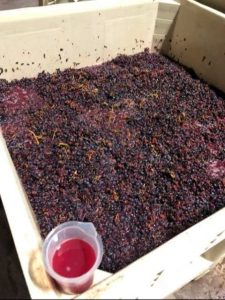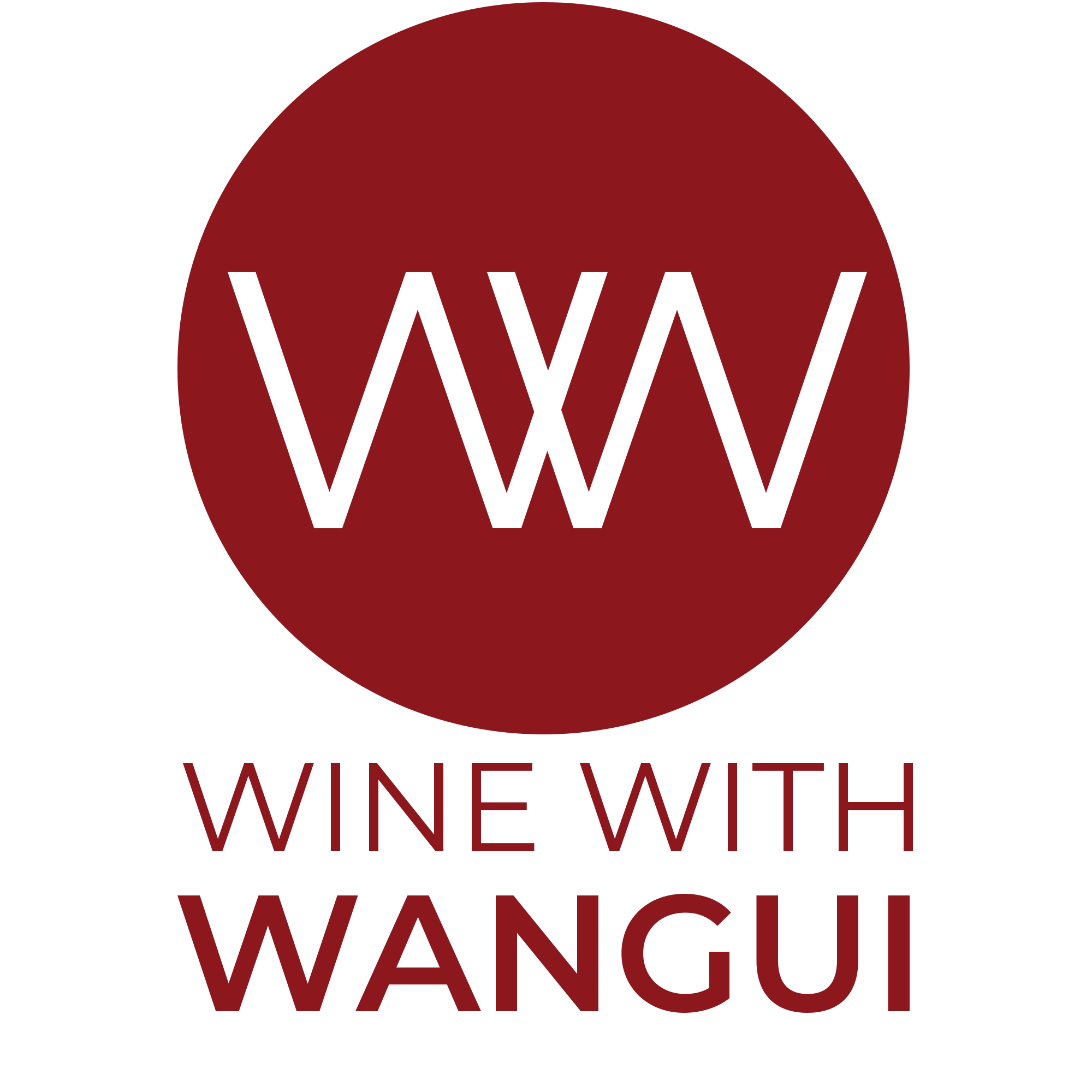The wine making process is a labour of love that combines patience, science, artistry and tradition. From the careful cultivation of grapes to the moment it is poured into a glass, each step plays a vital role in creating the delightful beverage enjoyed by millions around the world.
Let’s delve into the basic steps involved in the wine making process.
1. Grape Cultivation: It all begins in the vineyard. Grapes are grown and harvested at just the right moment when they are perfectly ripe. The quality of grapes significantly impacts the final product.
2. Harvesting: The grape harvest, usually between August and October in the northern Hemisphere and February and April in the southern Hemisphere, involves carefully picking the grapes by hand or using machinery. Grapes are sorted to ensure only the best ones are selected for winemaking.
3. Crushing and Pressing: Once harvested, the grapes are transported to the winery, where they undergo crushing. This process breaks the skins and releases the juice inside. For white wine, the grapes are immediately pressed to separate the juice from the skins, seeds, and stems. Red wine, on the other hand, often undergoes fermentation with the skins intact to extract color and flavour.
4. Fermentation: The grape juice, also known as “must,” is transferred to fermentation tanks. Yeast, either natural or added, converts the sugars in the must into alcohol and carbon dioxide. This process can take weeks to complete and is closely monitored by winemakers to ensure the desired flavour profile is achieved.
5. Aging: After fermentation, some wines undergo aging to enhance their flavour and complexity. This can occur in stainless steel tanks, oak barrels, or a combination of both. The type of vessel and duration of aging depend on the wine style and the winemaker’s preferences.
6. Blending (Optional): In some cases, winemakers blend different batches of wine to achieve a desired flavour profile. This step allows for consistency across vintages and the creation of unique wine blends.
7. Filtration and Bottling: Once the aging process is complete, the wine is filtered to remove any sediment or impurities. It is then bottled and sealed, ready for consumption. Some wines may continue to evolve and improve with further aging in the bottle.



